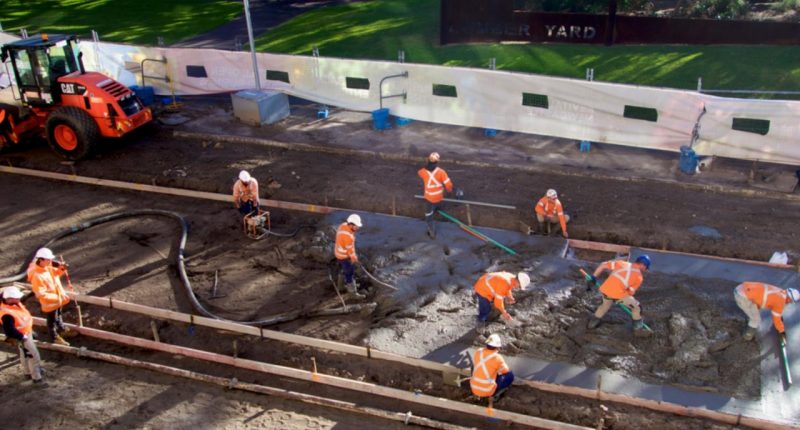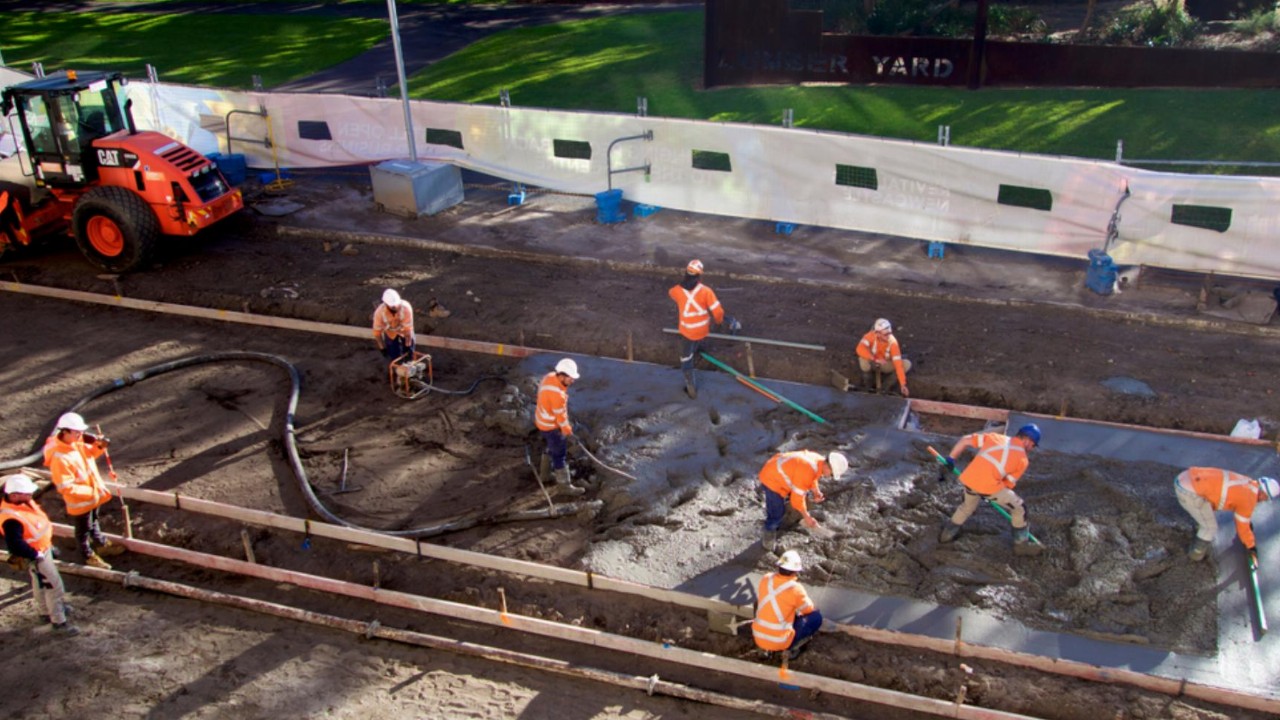- Infrastructure Australia anticipates a rise in demand for skills, labour and materials as public infrastructure spending accelerates
- The research forecast a 33 per cent average annual growth rate as industry has reported lost trust in its ability to execute on time and on budget
- Peak of demand for skills is forecast to be 48 per cent greater than the peak of supply in 2023 – three times higher than shortages experienced in 2017-18
- Across Australia, around 182,000 workers are employed on public infrastructure projects, with around 40 per cent of them expected to retire in the next 15 years
- infrastructure activity will approximately double over the next three years, peaking at $52 billion in 2023.
Independent advisory group Infrastructure Australia has issued its inaugural Infrastructure Market Capacity study today, anticipating a rise in demand for skills, labour and materials as public infrastructure spending accelerates.
The report is focused on major public infrastructure pipelines (transport, utilities and building infrastructure) for investments over $50 million in Tasmania and the territories and $100 million for all other states.
The research forecast a 33 per cent average annual growth rate as industry has reported loss of trust in its ability to execute on time and on budget.
Plant, labour, equipment and material demand will be two thirds greater than in the preceding five years.
One area likely to induce delays is labour supply. The peak of demand for skills is forecast to be 48 per cent greater than the peak of supply in 2023 – three times higher than shortages experienced in 2017-18.
To meet this demand, annual growth of 25 per cent over the next two years is required, which is more than eight times the expected annual growth rate of 3.3 per cent.
Across Australia, around 182,000 workers are actively employed on public infrastructure projects, while 34 of the 50 public infrastructure occupations were identified in the report as potentially in shortage.
Around 40 per cent of these workers are expected to retire in the next 15 years.
There is forecast to be a peak shortage of 70,000 engineers, scientists and architects; 15,000 structural and civil trades experts; and 19,000 project management specialists.
The report notes that migration alone cannot address labour shortages, with migration projected to provide only six per cent of new workers in the public infrastructure industry over the next 15 years.
Infrastructure Australia chief executive Romilly Madew said major infrastructure activity will approximately double over the next three years, peaking at $52 billion in 2023.
“This record investment creates new opportunities for local business and employment. However it also risks constraints in the capacity of the market to meet this growth in investment,” she said.
“In mid-2023 the employment in the infrastructure sector will need to grow from 183,000 people today to more than 288,000 potential shortfall in jobs being filled.
“This presents an opportunity for further employment, but there is also a risk these roles will be unfilled.”







